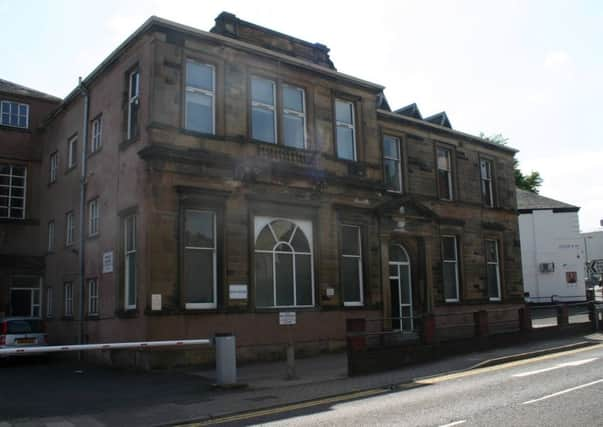Victorian Falkirk's passion for education


The name stone on the top tells us that it was the ‘Science and Art School’ officially opened in September 1878 by the future Prime Minister, Lord Rosebery.
Its aim was to provide Falkirk’s growing band of iron workers – designers, patternmakers and the like – with technical and artistic drawing skills as well as sufficient chemistry to enhance their understanding of their craft.
Advertisement
Hide AdAdvertisement
Hide AdThe building which cost around £2700 was mostly paid for by public subscription as well as by the foundries themselves and the opening day was one of those glittering occasions that the great and the good loved. Crowds of onlookers gawped at the fancy-dressed gentry as they packed the old church across the road (later St Modans and now the Carron Works pub) to hear endless speeches praising those who had brought the great work to completion, and themselves for being so enlightened!
Among those on the receiving end of many words of thanks that day was Peter Wright one of the town’s most influential figures whose 50 years of service earned him the title ‘Father of Art Education’ in Falkirk district.
Arriving in 1863 from Stirling, where he taught art classes in the High School, he was allowed a room in the Grammar School in Park Street to hold private drawing and painting classes. These were very successful and when the education authorities made art a compulsory school subject Peter was in high demand, teaching classes in Falkirk, Bainsford, Larbert and Camelon as well as in Blairlodge Academy.
The rapid growth of iron founding and the principle that things made in Falkirk foundries should be beautiful as well as functional inspired the plan for the Science and Art School and Peter Wright was given the job of leading the fund raising campaign.
Advertisement
Hide AdAdvertisement
Hide AdOnce up and running he became the senior art master, a position which he held until his retirement in 1912. His students were regular winners of national awards and his reputation continued to grow despite constant funding difficulties.
In 1889 it was decided to merge with the new High School opened the same year in Rennie Street. The pupils would benefit from the high quality facilities and the Science and Art School from grants available to the schools. Classes both by evening and day for the iron workers continued as before.
When I was at school in the 1950s the School of Arts and Science had taken on a new educational role as the central school dinner centre.
Few schools, if any, had facilities to make and serve food so each day aluminium containers of tattie soup and semolina were filled in Park Street and delivered to pupils all across the district.
Advertisement
Hide AdAdvertisement
Hide AdI can well remember the sights and smells of the unappetising dishes planked down in front of us and which we gobbled up for fear of a skelp round the lug.
By the mid 1970s when I joined the staff of Falkirk Technical College the building along with the old Grammar School had been converted to workshops and classrooms and some of my earliest classes were located there.
In the 1990s we relocated all our art classes to the building restoring the old link and once again the big open rooms with the huge windows lit the boards, papers and canvas of the next generation of designers and artists.
Old Peter Wright would have been delighted.